Yeongang Hall (두산아트센터)
1.6Km 2021-11-01
15, Jong-ro 33-gil, Jongno-gu, Seoul-si
+82-2-708-5001
Yeongang Hall(연강홀) est un centre de spectacles où se déroulent des pièces de théâtre, des projections de films, de la dance, de la musique folklorique coréenne etc.
Yangmiok (양미옥)
1.6Km 2020-01-06
62, Chungmu-ro, Jung-gu, Seoul
+82-2-2275-8838
Yangmiok takes pride in serving customers dishes prepared with only the finest ingredients. A special sauce made with soy sauce, sugar, chili powder, sesame oil, garlic, and ginger is served with beef dishes upon request.
Uga Yukhoe Bulgogi (우가육회불고기)
1.6Km 2021-03-19
198-2, Jong-ro, Jongno-gu, Seoul
+82-2-2286-6656
This Korean cuisine is located near Jongno 5(o)ga Station, Seoul. It is located at Yukhoe Alley in Gwangjang Market, one of Korea’s representative traditional markets. The representative menu is sliced raw beef.
Libuk Sonmandu (리북손만두)
1.6Km 2019-08-28
17-13, Mugyo-ro, Jung-gu, Seoul
+82-2-776-7361
Libuk Sonmandu restaurant is located deep in the alleys behind Seoul City Hall in the Mugyo-dong area. It is famous for kimchimari bap and sonmandu (handmade dumplings). Kimchimaribap is rice in a soup of kimchi and ice cubes with various added flavorings that originated in North Korea. This is a refreshing dish for summer. Other items on the menu are bindaetteok (mung bean pancake) and mandu jeongol (dumpling hot pot).
NUHADANG [Korea Quality] / 누하당 [한국관광 품질인증]
1.6Km 2020-09-10
49-7, Pirundae-ro, Jongno-gu, Seoul
010-9692-1330
Guesthouse Nuha is a ‘hanok’ or traditional Korean house consisting of four guestrooms located in Nuha-dong, Seochon (west of Gyeongbokgung Palace, Jongno, Seoul) where many Confucian scholars and artists lived during the Joseon Dynasty.
Exuding a refined atmosphere, Guesthouse Nuha is very popular among not only domestic visitors but also foreign tourists who want to experience the flavor of Korea in a cozy hanok. All four guestrooms (An-bang, Sarang-bang, Geul-bang, and Byeol-dang) are covered with eco-friendly hanji (traditional Korean paper handmade from mulberry tree) wallpaper, and are equipped with a thick cotton-wool comforter and pillows imbued with the scent of Hinoki cypress tree to help guests relieve their fatigue.
Breakfast is served free of charge. Guests can also experience traditional Korean culture here, such as playing a Korean musical instrument (janggu or double-headed drum), playing a game of yut in the yard, or wearing hanbok (traditional Korean clothes). Although a local bus service passes through the village, it is highly recommended to take a quiet leisurely around the area.
Kongnamul Jangsu (콩나물장수)
1.6Km 2021-03-18
94, Dongsung-gil, Jongno-gu, Seoul
+82-2-763-7999
This is a Korean cuisine located in Daehak-ro, Seoul. The best menu at this restaurant is stir-fried bean sprouts and pork. Kongbul (bulgogi with bean sprouts) is a spicy dish of fried pork with bean sprouts.
Buchon Yukhoe (부촌육회)
1.6Km 2021-03-24
200-12, Jong-ro, Jongno-gu, Seoul
+82-2-2267-1831
This 2020 Michelin Guide restaurant has been around for three generations already. This Korean dishes restaurant is located in Jongno-gu, Seoul. The most famous menu is beef tartare.
Marché de Gwangjang (광장시장)
1.6Km 2024-05-17
88, Changgyeonggung-ro, Jongno-gu, Seoul-si
+82-2-2267-0291
En 1904, la 41ème année du règne du roi Gojong, après le traité d'Eulsa, le Japon s'empare du pouvoir politique de la Corée. Le Japon s'empare des droits de direction du marché Namdaemun en mettant en place une politique d'invasion économique. Une solution économique pour la Corée est nécessaire et donc le marché Gwangjang est créé en 1905.
Au début, les biens vendus sur le marché étaient des biens primitifs, des produits agricoles et de la mer, des bois de chauffages, etc, importés en charrettes en petites quantités de Gapyeong, Icheon, Choelwon, etc. Aujourd'hui, 100 ans après son ouverture, le marché propose un très grand nombre de produits comme la soie, les étoffes (hanboks), les tissus (costume), les vêtements pour femmes, les rideaux, les literies, les objets lacrés et nacrés, les ustensiles de cuisine, les produits importés, les légumes et les fruits, les poissons séchés, les produits pour des cérémonies traditionnelles, les poissons, la viande, les légumes, etc.
La zone des restaurants qui se trouve à l'intersection de la porte Est, de la porte Nord 2 et de la porte Sud 1 est la zone la plus déveolppée du marché. Des personnes de tout âge (les mères, les étudiants, les séniors, etc) visitent le marché.
Ayant été désigné comme un des sites touristiques représentatifs du pays, il est visité par de nombreux touristes étrangers.
Le marché Gwangjang est considéré comme le tout premier marché permanent à avoir vu le jour en Corée et continue à être une destination touristique prisée. Le deuxième étage du marché propose notamment de la literie.
Le marché est aussi réputé pour la qualité de ses produits et les bas prix qu'il propose tout au long de l'année.
Eunseong Hoejip (은성회집)
1.6Km 2021-03-29
88, Changgyeonggung-ro, Jongno-gu, Seoul
+82-2-2267-6813
You can enjoy Daegu maeuntang (fish stew), which is perfect for hangover. This restaurant's signature menu is sicy codfish stew. This Korean dishes restaurant is located in Jongno-gu, Seoul.
Nuwa [Korea Quality] / 누와 [한국관광 품질인증/Korea Quality]
1.7Km 2021-03-29
3-1, Pirundae-ro 5na-gil, Jongno-gu, Seoul
This hanok (traditional Korean house) is located deep in the Seochon Village, west of Seoul’s Gyeongbokgung Palace. Its tasteful renovation of a small 33 m2 hanok made it highly popular among the younger guests. The courtyard has a low maple tree and tastefully arranged stones, while the hanok is capable of accommodating up to 2 persons.
This L-shaped hanok has a full window wall facing the living room, which is furnished with a low walnut table and a bathtub. Visitors can enjoy premium tea at the table. The bathtub, which is connected to the table at one end, can be used mainly for a foot bath with bath salts that assist circulation. There is also a restroom in the building.
Nuwa’s bedroom has a circular window, much like the full moon, with a view of the garden and the fringes of the Inwangsan Mountain.
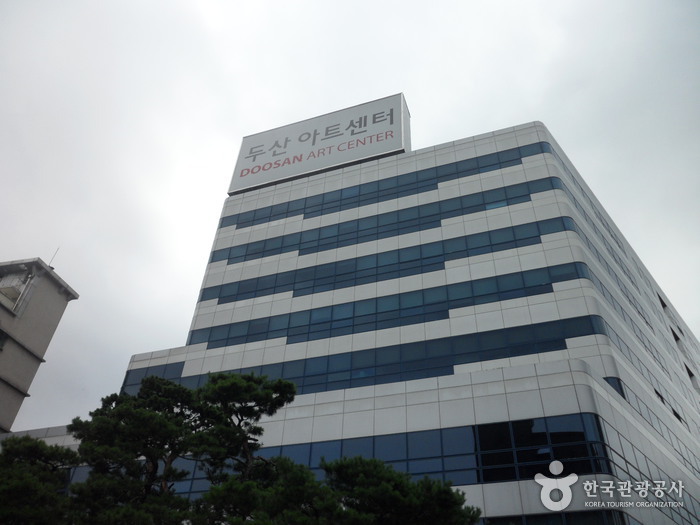
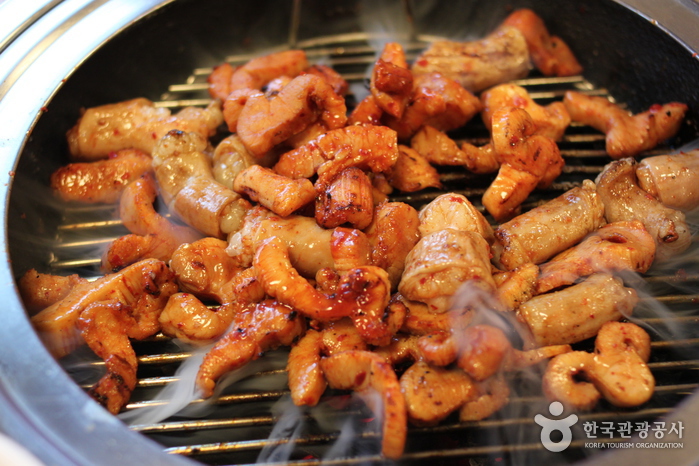
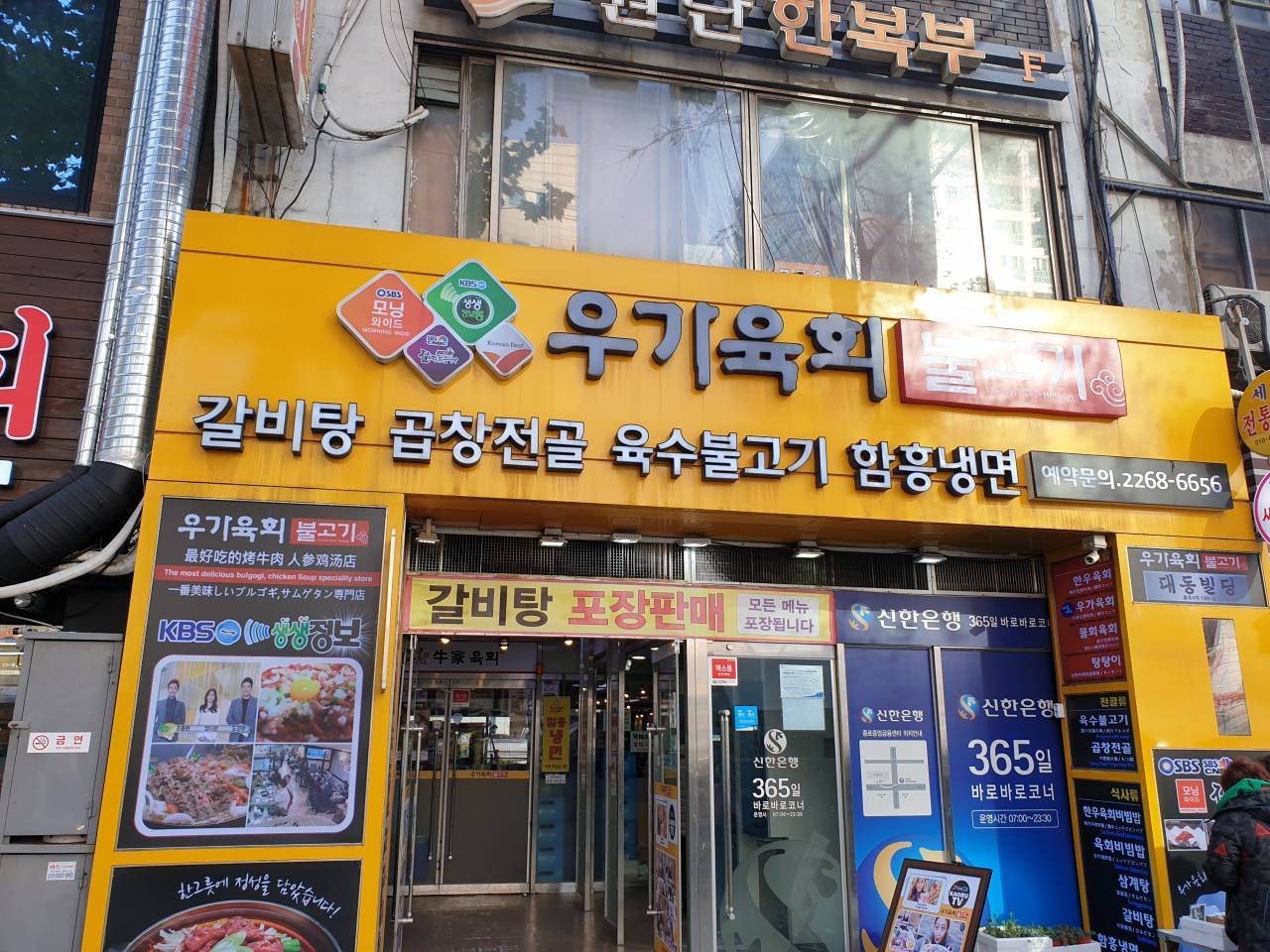
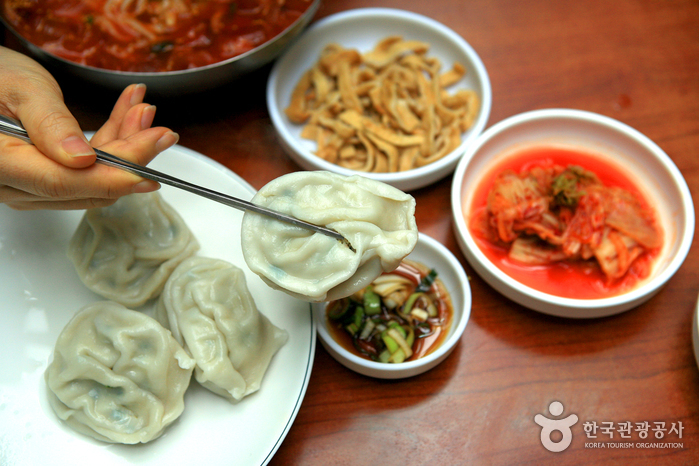
![NUHADANG [Korea Quality] / 누하당 [한국관광 품질인증]](http://tong.visitkorea.or.kr/cms/resource/58/2532358_image2_1.jpg)
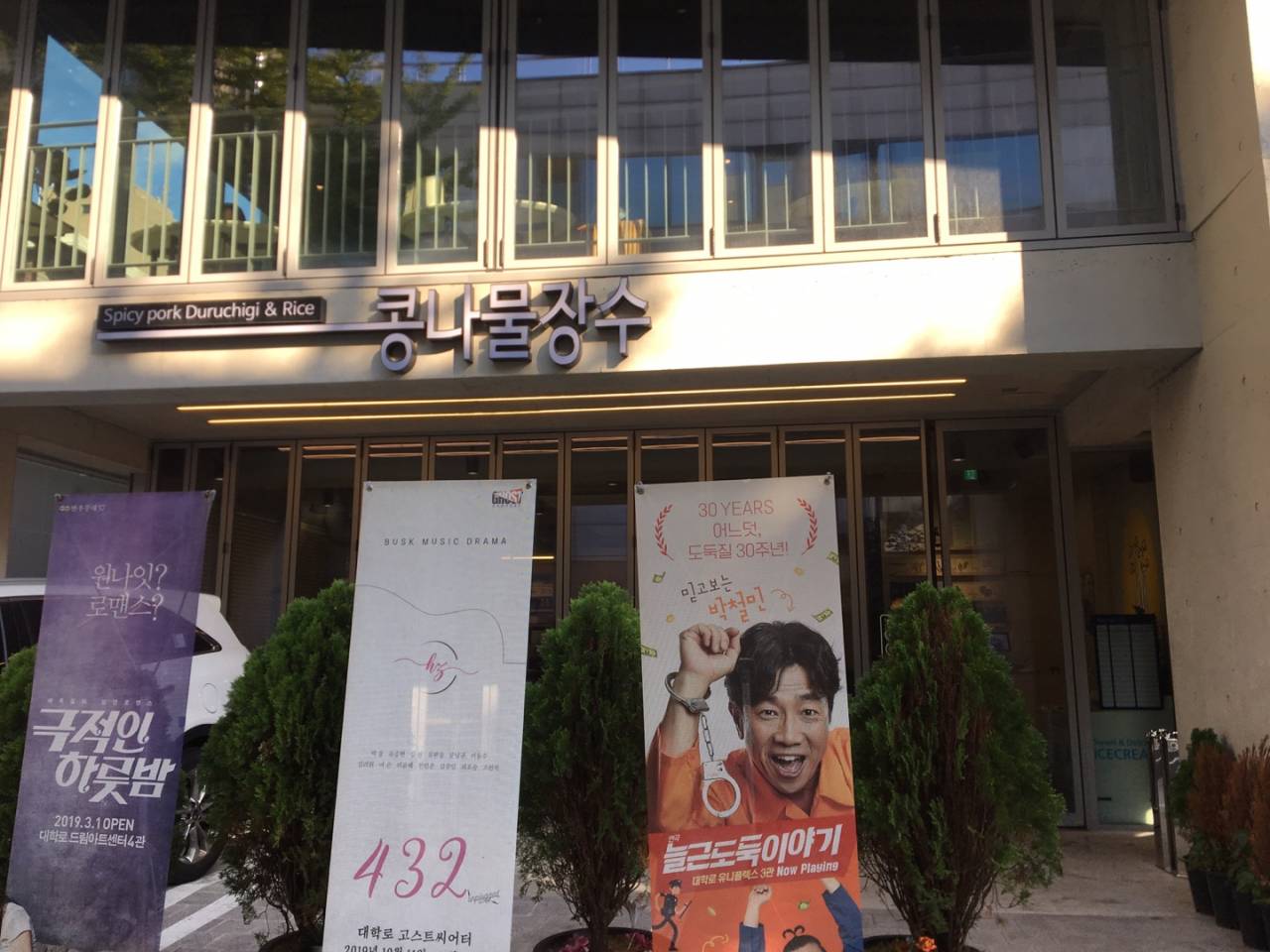
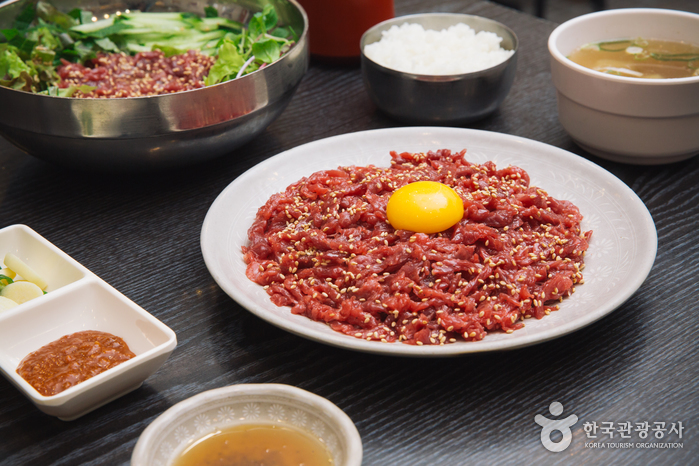

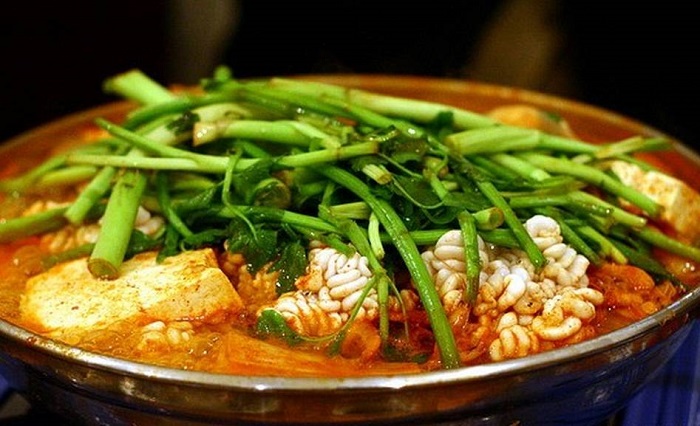
![Nuwa [Korea Quality] / 누와 [한국관광 품질인증/Korea Quality]](http://tong.visitkorea.or.kr/cms/resource/07/2707607_image2_1.jpg)
 Français
Français
 한국어
한국어 English
English 日本語
日本語 中文(简体)
中文(简体) Deutsch
Deutsch Español
Español Русский
Русский